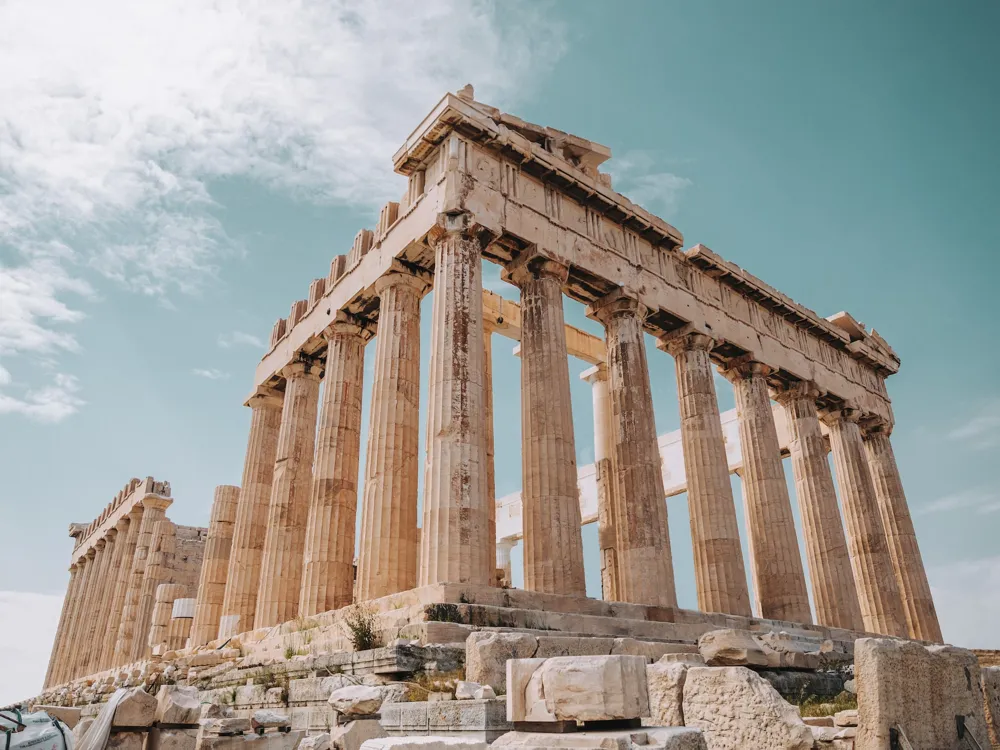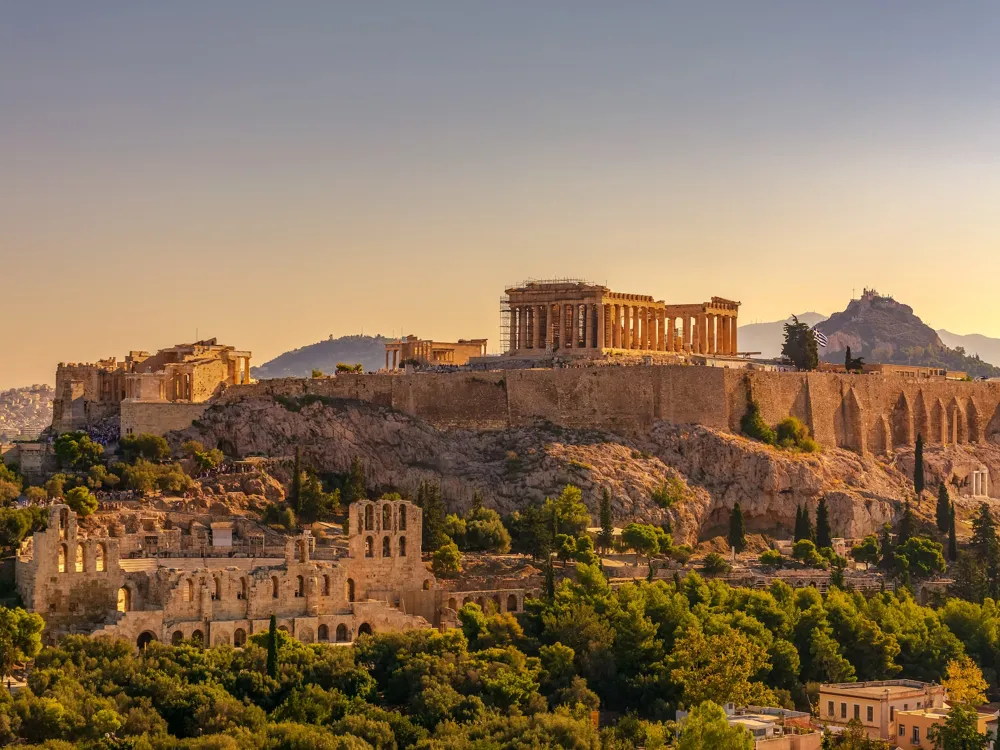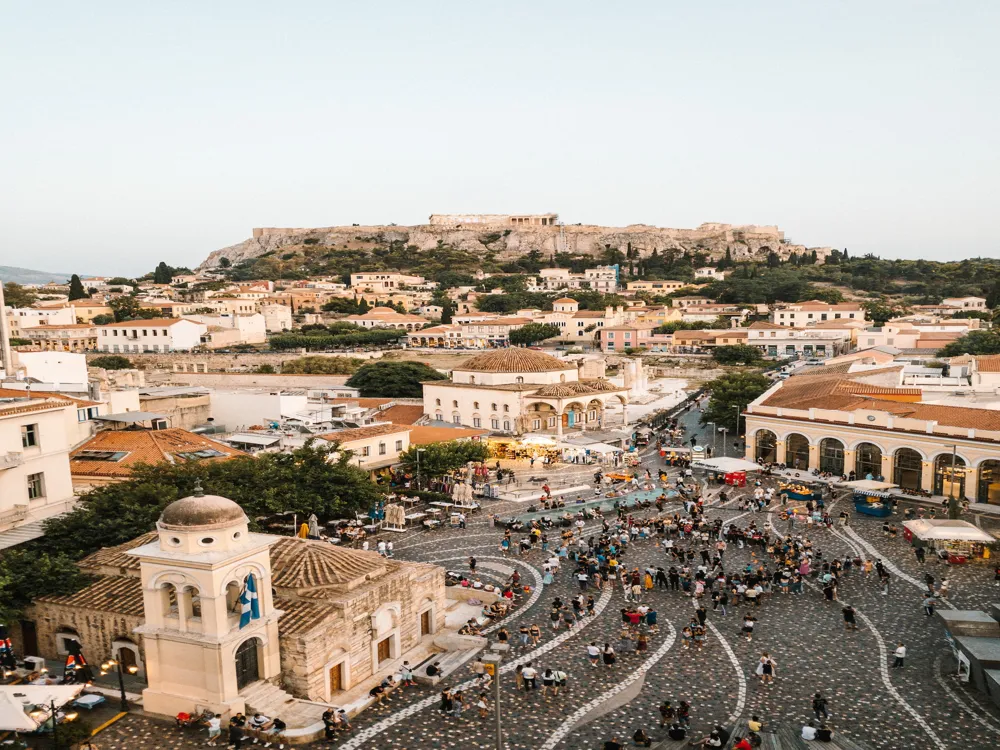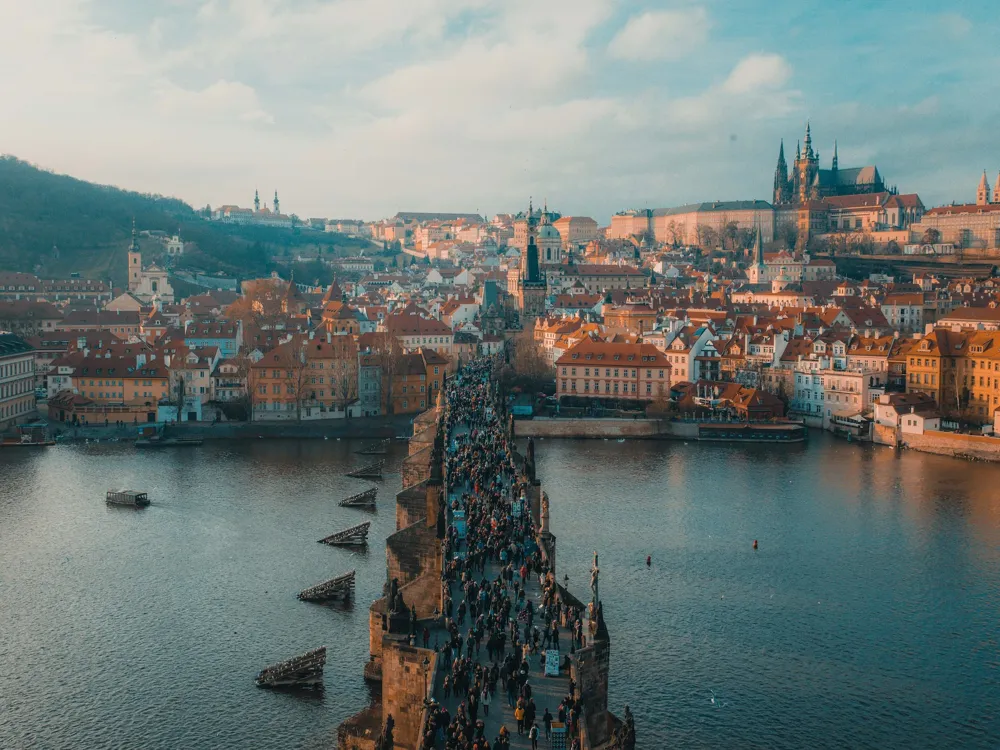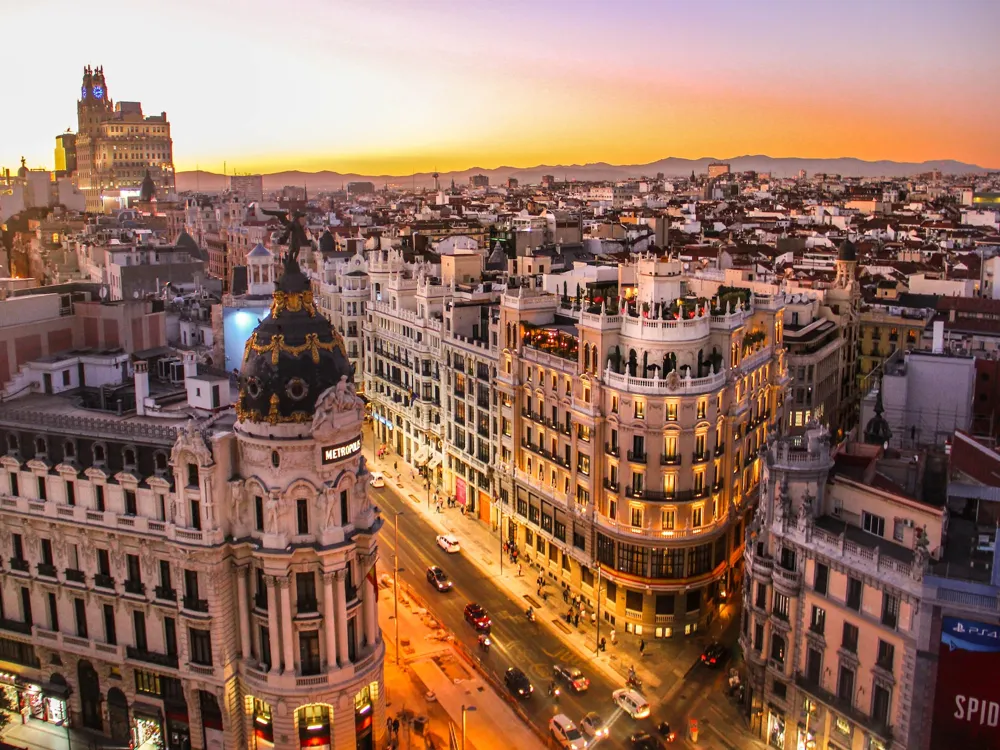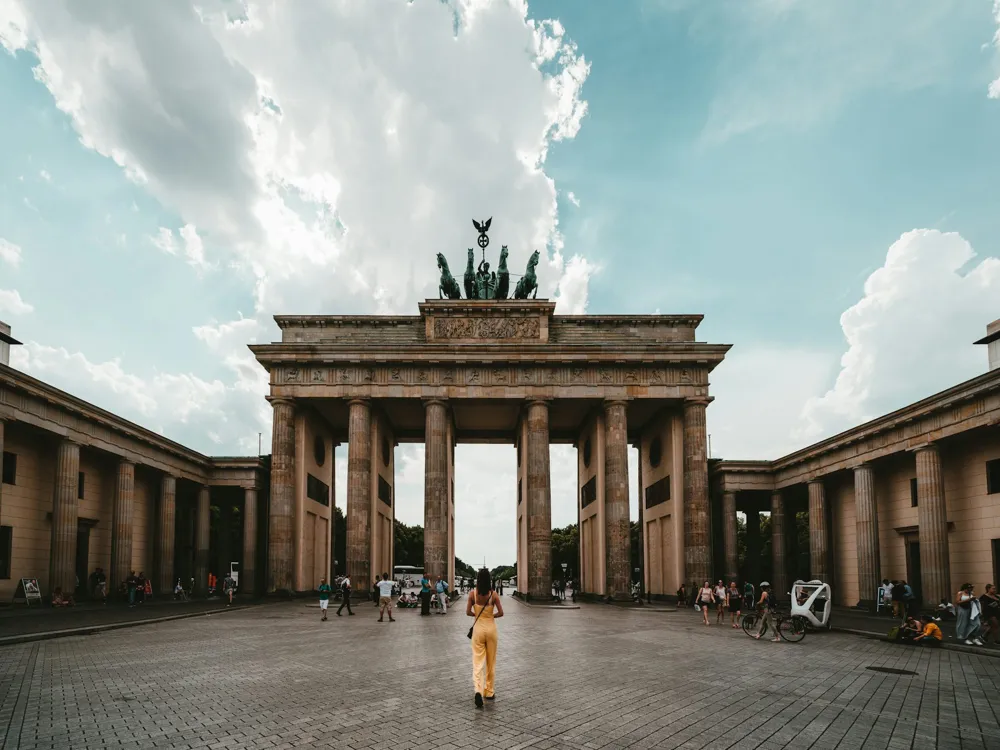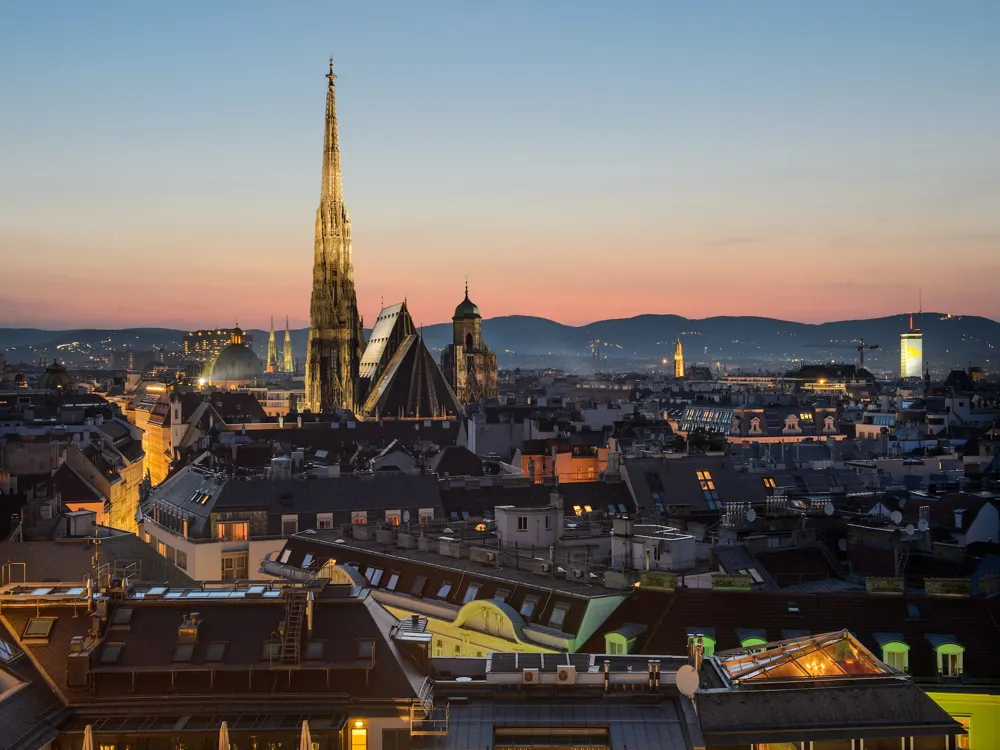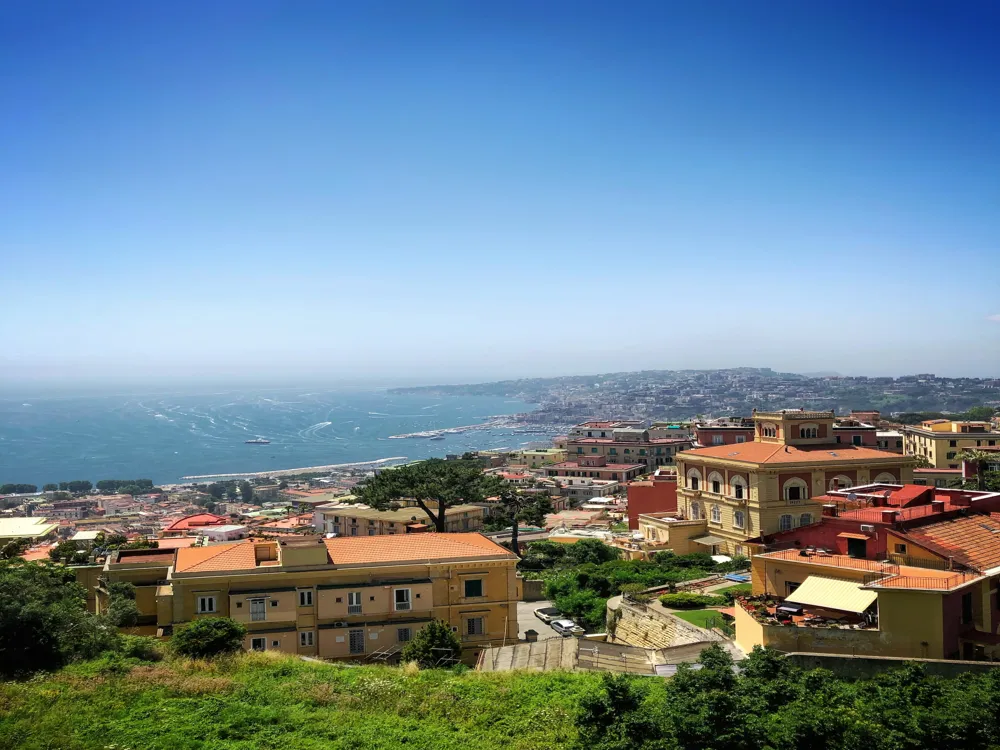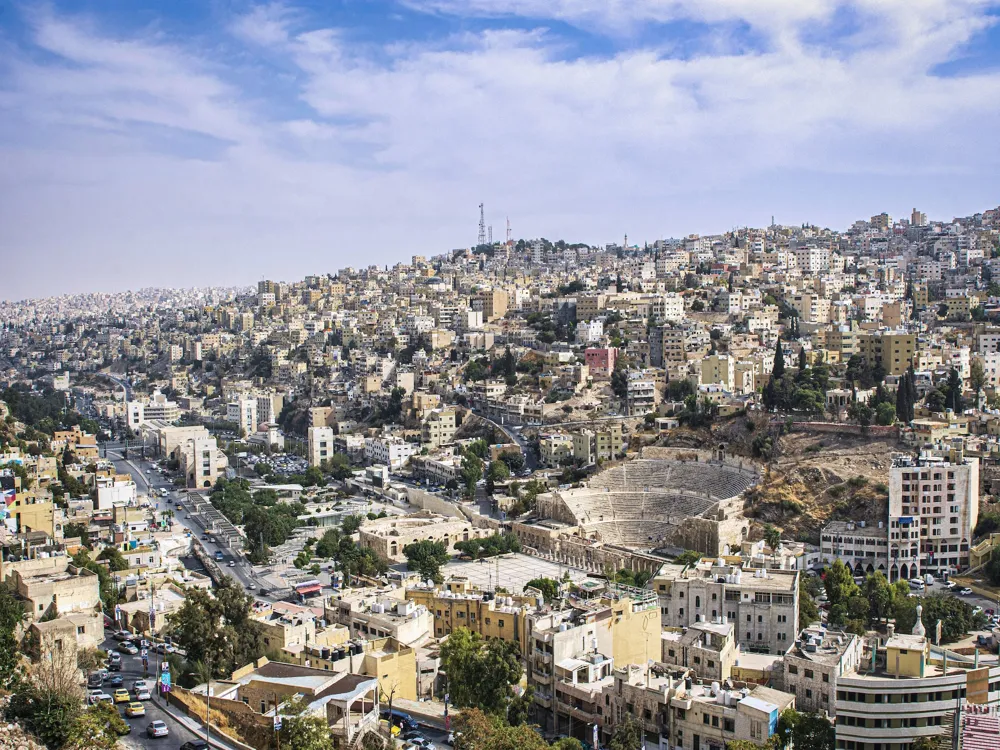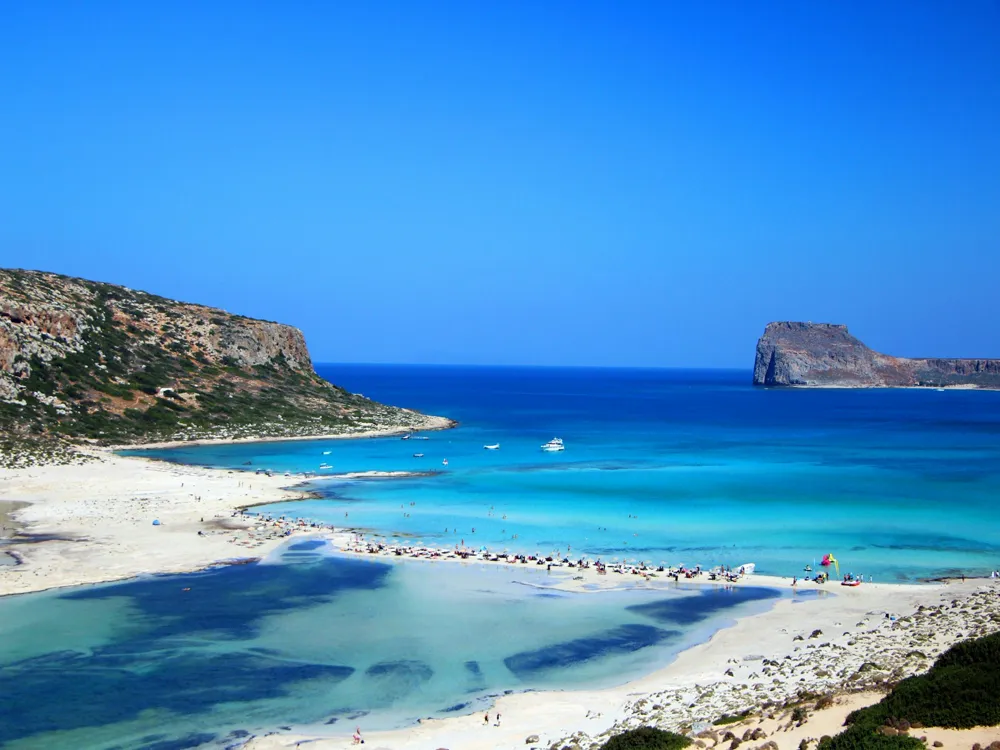Plan Your Travel To Athens
Places To Visit In Athens
Stoa of Attalos
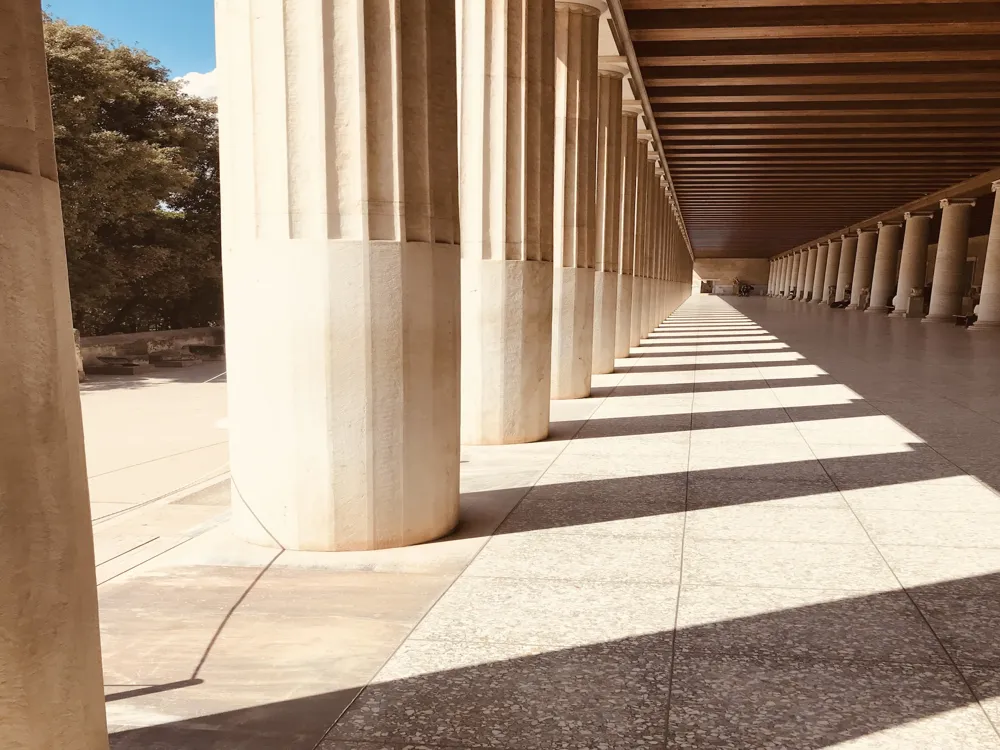
The Stoa of Attalos is an impressive archaeological site on the east side of the Agora that houses the Museum of the Ancient Agora. The museum preserves some of the finest excavations from the Ancient Agora – from sculptures, coins, and inscriptions that date back to the 5th century BC to the pottery of the Byzantine period and the Turkish conquest.
Constructed on the site of an ancient building in Athens, today it displays various exhibits that are linked to Athenian democracy. What once used to be an ancient commercial centre, today is an architectural wonder that pieces together a collection that dates from the Neolithic times till the 6th century AD. You can also find marble statues, parts of columns, coins, ceramic vases, items of daily use, reliefs, and weapons among other artefacts. The highlights are the giant body state of the god Apollo, the water clock (clepsydra) used to measure time in the courthouses and the tomb of a young girl from the Geometric times.
Read More
Technopolis Athens
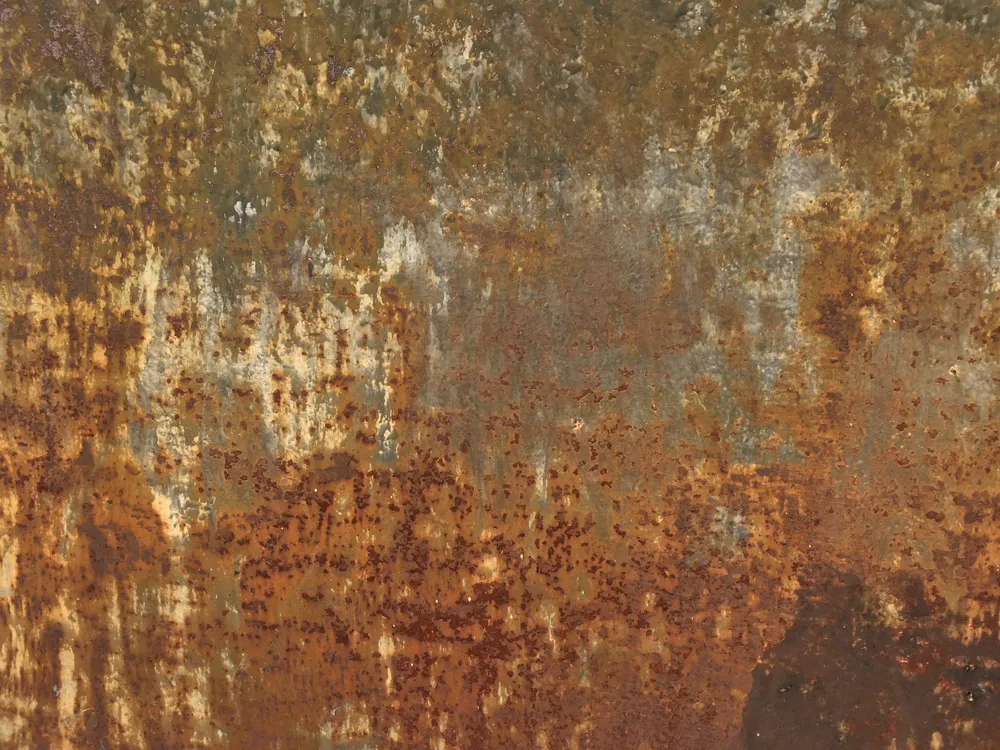
The Technopolis, located in the neighbourhood of Gazi, is an industrial museum and one of the largest and the most vibrant cultural venues in Athens. Built on the spot of a former gas factory, you can enjoy live jazz to workshops and craft fairs at the Technopolis.
Dedicated to the great Greek composer Manos Hatzidakis, it compounds houses eight buildings all of which are named after famous Greek poets. The site also hosts INNOVATHENS for startups, besides hosting events to promote arts, innovation, education, as well as development and entrepreneurship. Also known as "Gazi Technopolis Manos Hatzidakis", the Technopolis is a must-visit for anyone who appreciates arts and culture and wants to interact with the Athenian communities.
Read More
Temple of Athena Nike
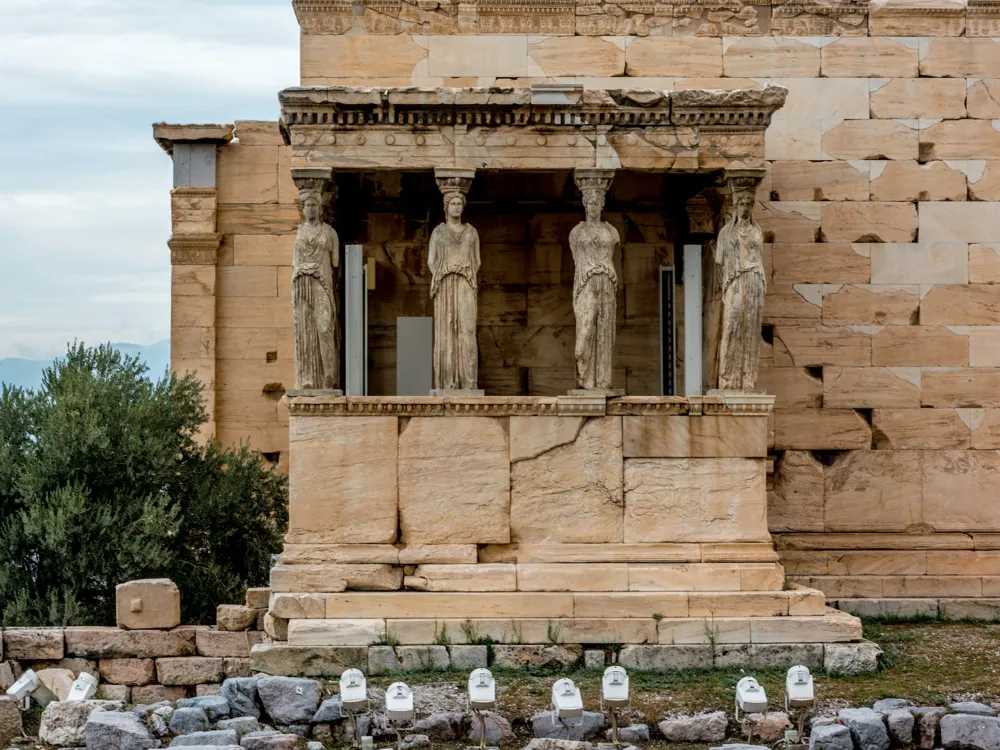
The Temple of Athena Nike is an ancient Ionic Greek temple dedicated to the Greek Gods, Athena and Nike. It is a small yet impressive structure standing 7m high on the southwest corner of the Acropolis. The nuanced architecture of the temple with white marble and scenic views from all points often gives it the name ‘pearl of the Acropolis’.
Designed by the architect, Kallikrates, the temple was completed around 420 BC and stood for victory as well as to greet visitors to Athena’s complex. It has undergone various reconstructions and many pieces of the earlier structure are now preserved in the Acropolis Museum.
Read More
Cape Sounion
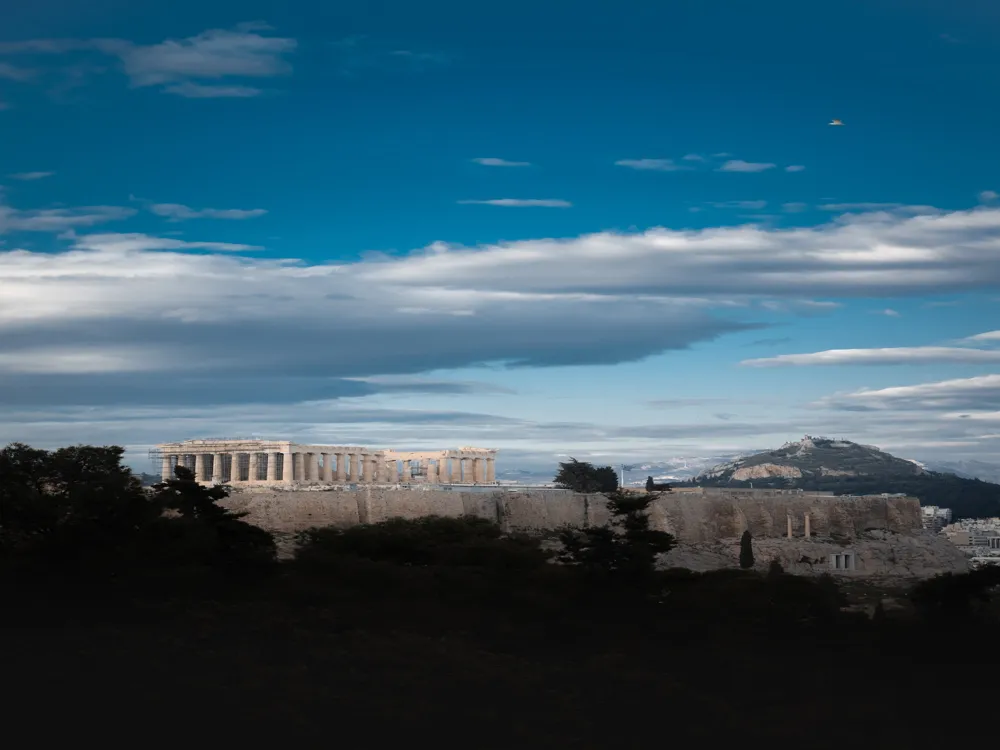
The Archaeological Site of Sounion or Cape Sounion is a raised piece of land located on the southern tip of the Attic peninsula in Lavreotiki. One of the most famous and important attractions at Sounion is the Temple of Poseidon, a remarkable example of the Golden Age of Athens and is a popular spot among tourists for its historical significance as a place of worship. The land also offers breathtaking views of the Aegean Sea and ancient Greek architecture.
Sounion was a strategic point via which the sea passage of the city was controlled during the 5th century BC, but once it gained religious importance, temples dedicated to Greek Gods were constructed. Another temple dedicated to Athena on the lower hill was demolished in the 1st century AD. When planning to visit Sounion, it is best to take an intercity coach or travel by car to reach this endpoint of the Athenian River while enjoying the breezy wind and panoramic scenery.
Read More
The Tomb Of a The Unknown Soldier
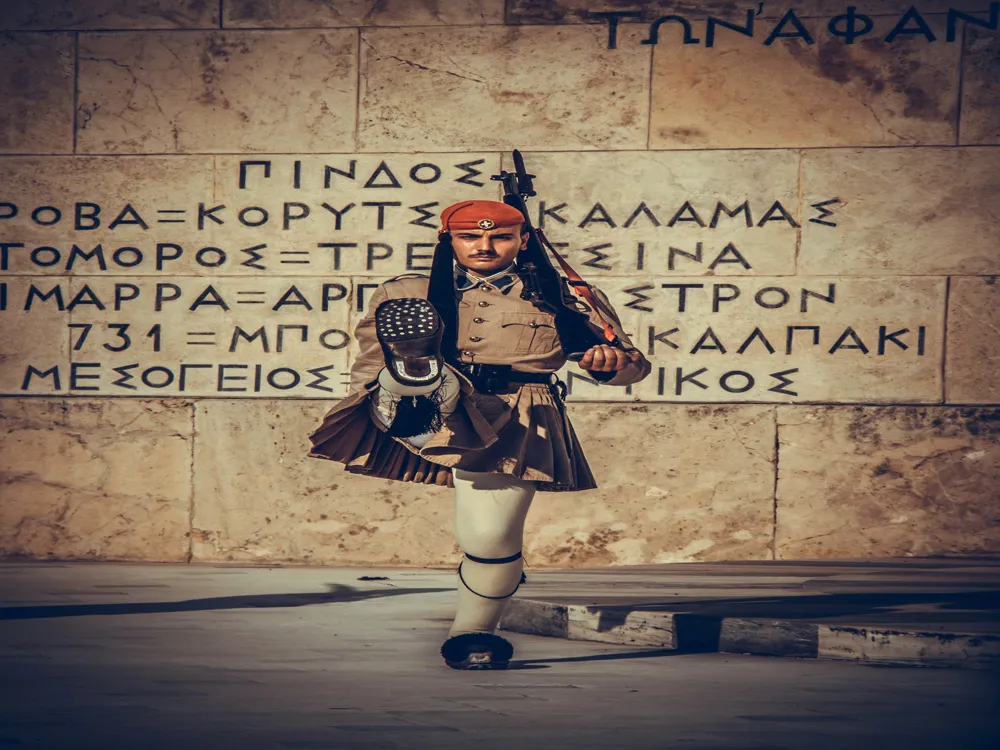
At Syntagma Square in Athens, in the vicinity of the Old Royal Palace, stands a war memorial known as the Tomb of the Unknown Soldier. It serves as a memorial to Greek warriors who were killed in battle. A changing of the guard ceremony takes place every Sunday at the tomb and has become an intrinsic part of the traditions of Athens.
Marked with various inscriptions dedicated ‘to the Unknown Soldier’ (one of the inscriptions), the tomb is a blend of the modernism of Art Deco and the classic French Urban architecture.
Read More
Theatre of Dionysus

The Theatre of Dionysus is an ancient theatre located on the southern slopes of Acropolis. One of the largest and first theatres built in Athens, it is often regarded as the birthplace of Greek plays and dramas. The Theatre is dedicated to Dionysus, the God of ecstasy and fertility.
Most of the remains are from the final version of the theatre reconstructed during Roman times. In its final layout, there were several sections that had steps and rows of seats surrounding the borders of the orchestra terrace. Now only 20 sections remain along with the orchestra terrace which was the stage for all performances. One can also see inscriptions on seats that suggest they must have been marked as thrones for the elite or rulers. The most splendid seat, however, belonged to Dionysus, the God himself which was built in the front row. It was believed he sat on his seat and watched the plays and sacrifices that were carried out in his name. His magnificent throne remains to date and has carvings of grape bunches on it. The theatre exudes old-world awe and charm as one can sit on the grandstand or stroll over the orchestra terrace and imagine the days gone.
Read More
Tower of the Winds
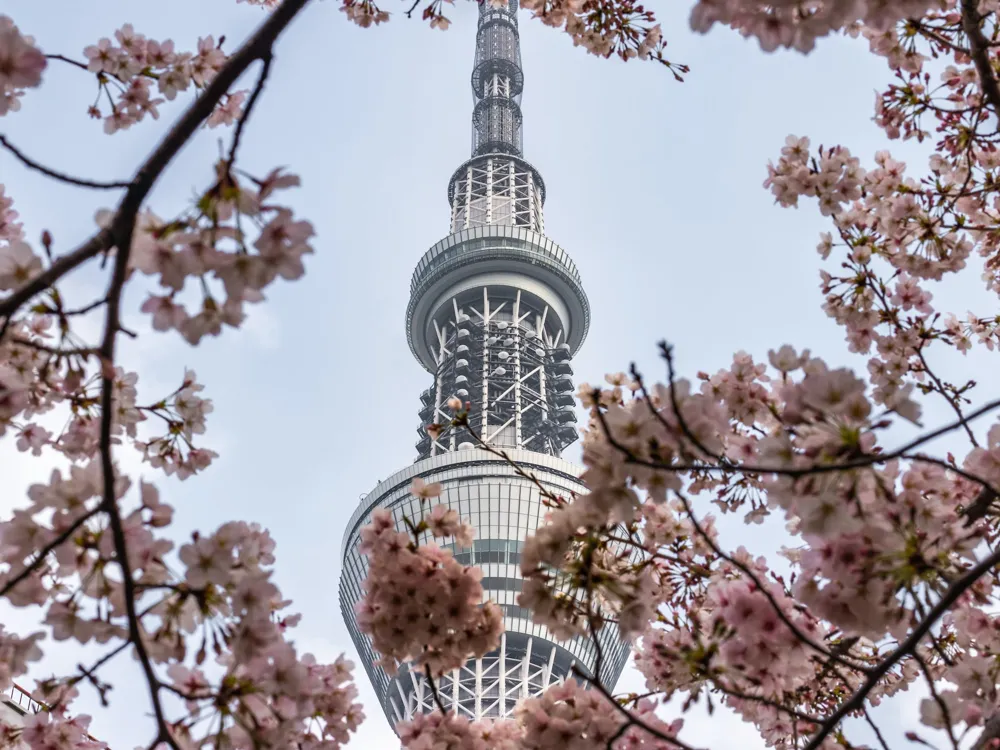
Built around the 2nd century, the Tower of the Winds is the world’s first meteorological station located in the Roman Agora in Athens. While touring the inside, you can see the original position of the nine sundials, one large water dial or clepsydra, and a weather vane.
The octagonal structure is 13.5 meters in height and has a diameter of 7.5 meters. It is assumed to be built by the son of Hermias, Andronikos from Kyrros of ancient Macedon. It is also known as the Clock of Andronicus Cyrrhestes. At the top lies the Holorogium, a weather-vane-like bronze Triton showing wind directions. The entire structure is built out of Pentelic marble and belongs to the Corinthian style. It is believed that the Romans thought that the direction of the wind could foretell fortune. In the interior, one can find the water clock or the clepsydra where the water flows from the Rock of Acropolis, helping determine when the sun isn't shining.
Read More
Athens Central Market
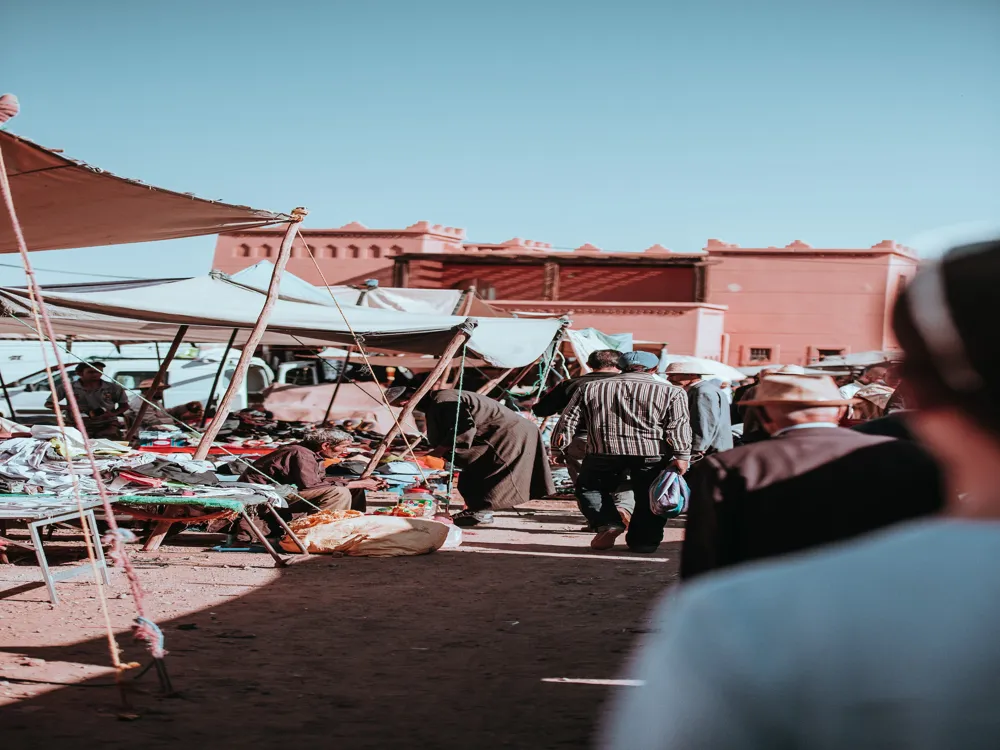
The Varvakios Agora or Athens Central Market is a fruit, meat, fish and vegetable market located on Athinas Street. One of the liveliest places is Athens, full of traditional flavours and aromas, it is a paradise for food lovers. Named after a national Greek hero, pirate Ioannis Varvakis, the market also has several popular tavernas and ouzeries where you can enjoy a hot cup of Greek coffee.
The fish market in Varvakios Agora is the largest fresh fish market in Europe, offering seasonal seafood that is not very expensive. If you visit early in the morning, you can see vendors setting up their stalls, however, in the afternoon, it is quite busy. The vegetable and fruit stalls sell fresh farm produce, from cherries, peaches as well as Greek watermelon.
Read More
Vorres Museum
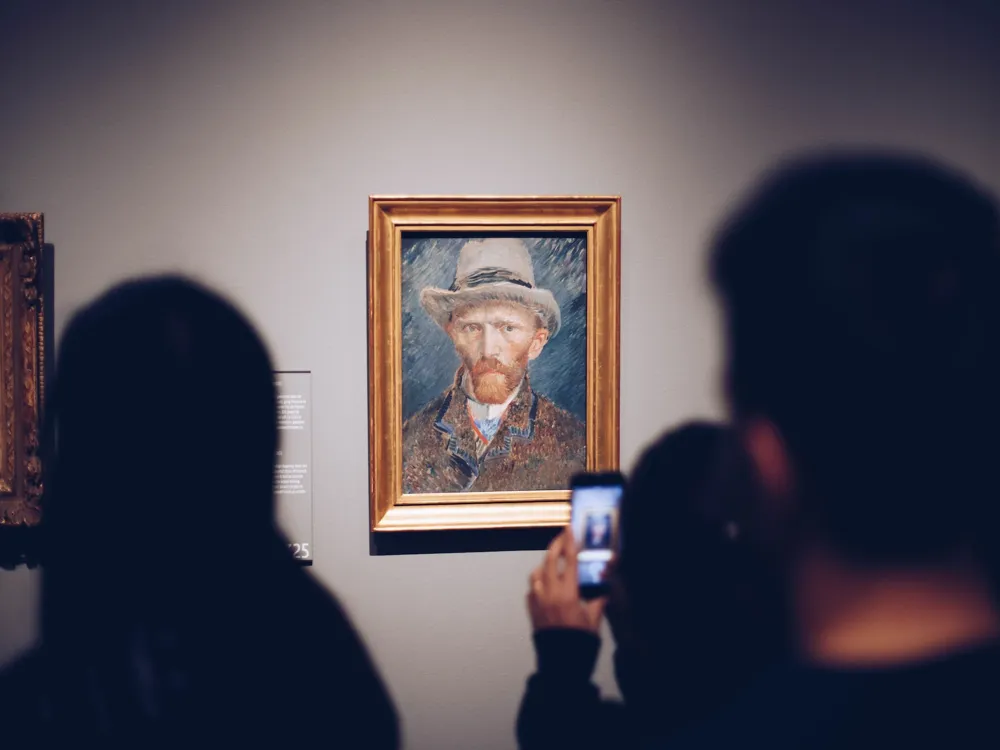
Opened in 1983 by its President and Founder, Ian Vorres, Vorres Museum displays over 6000 pieces of folk and contemporary Greek art in Paiania, Athens. The vision behind the museum-cum-gallery was to promote Greek culture and art following the massive upsurge of urbanisation after World War II.
The museum is surrounded by lush green gardens where many endemic Mediterranean species grow. The complex also includes several buildings and courtyards, for instance, the Pyrgi which is a tower representing a Greek traditional home. It launched a Residency Programme back in 2015 to strengthen bi-cultural ties between Canada and Greece by inviting Canadian artists to explore Greek art and takes place in May every year.
Read More
Athens Travel Packages
View All Travel Packages Athens
Nearby Places Athens
Browse Package Collections
Browse Hotel Collections










